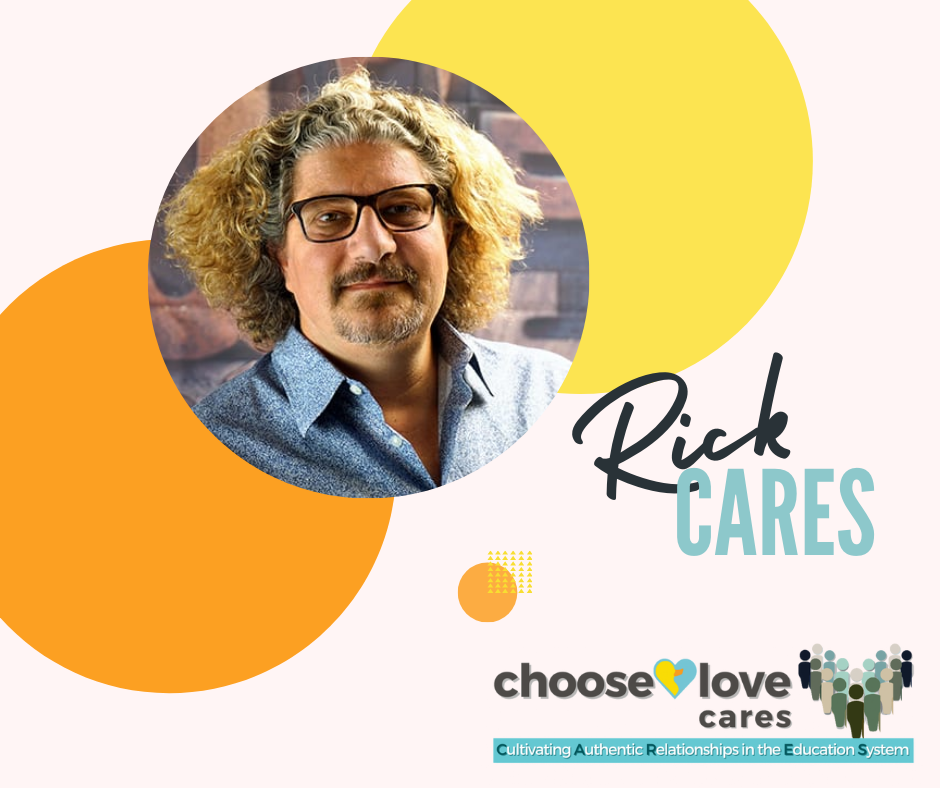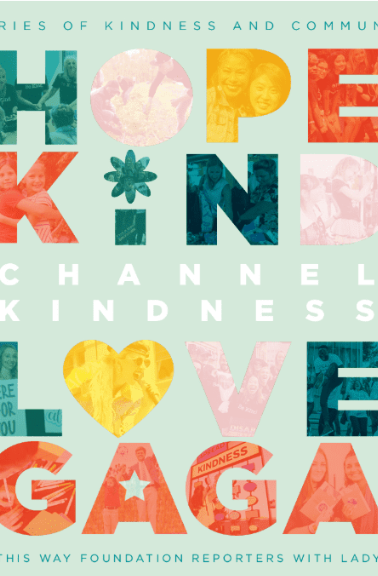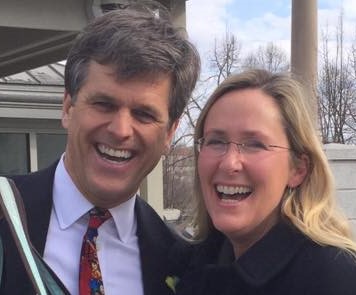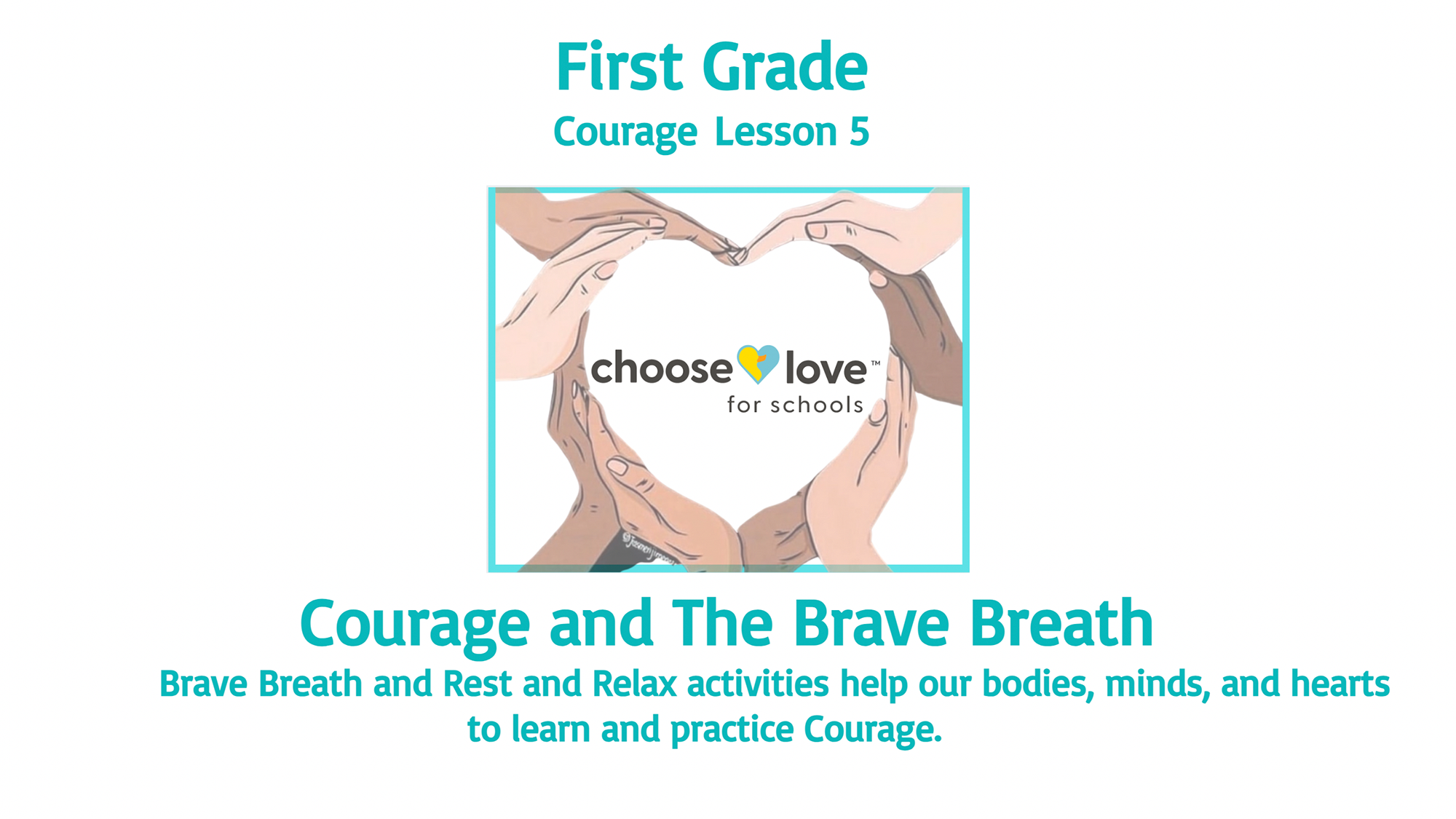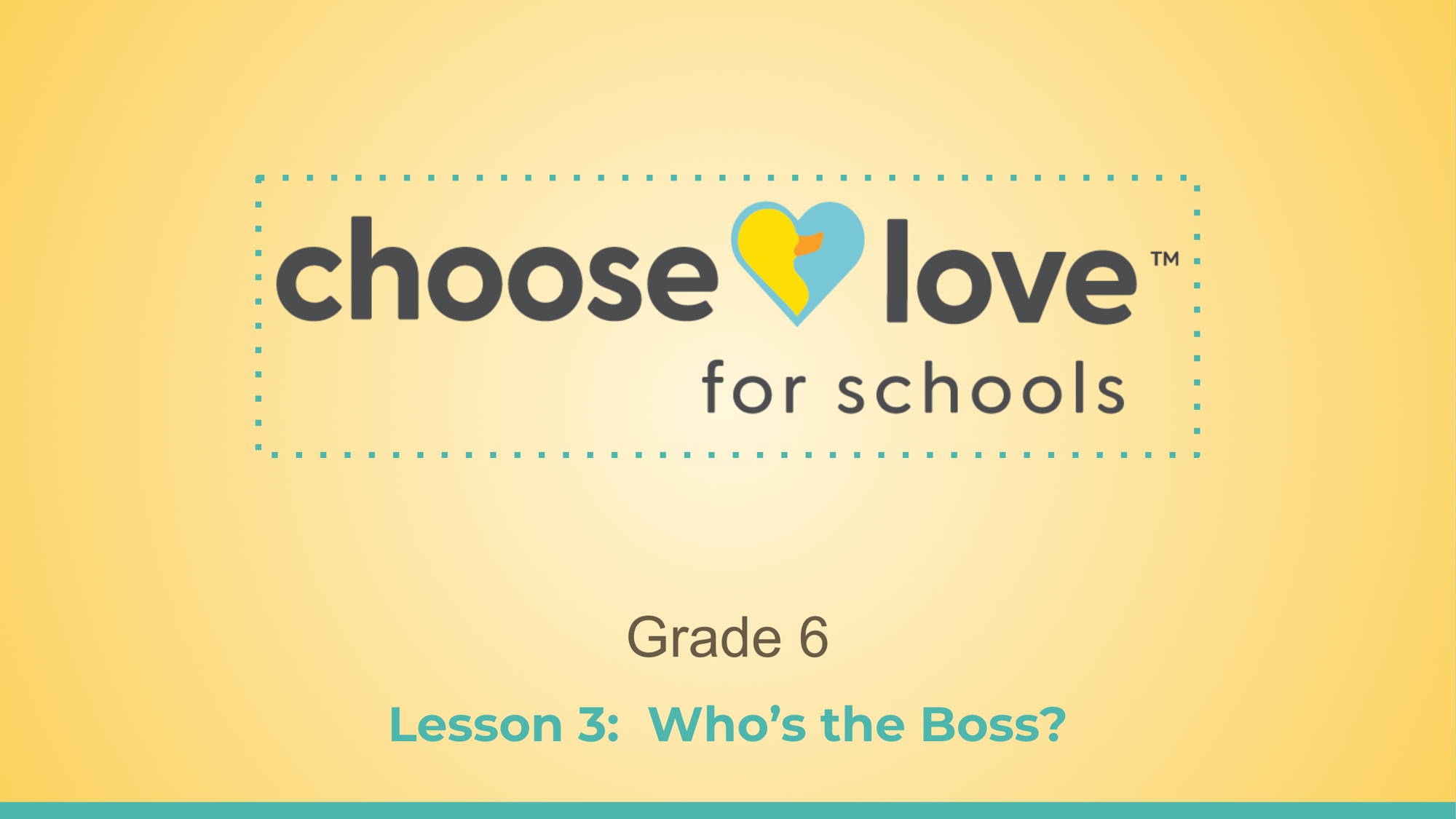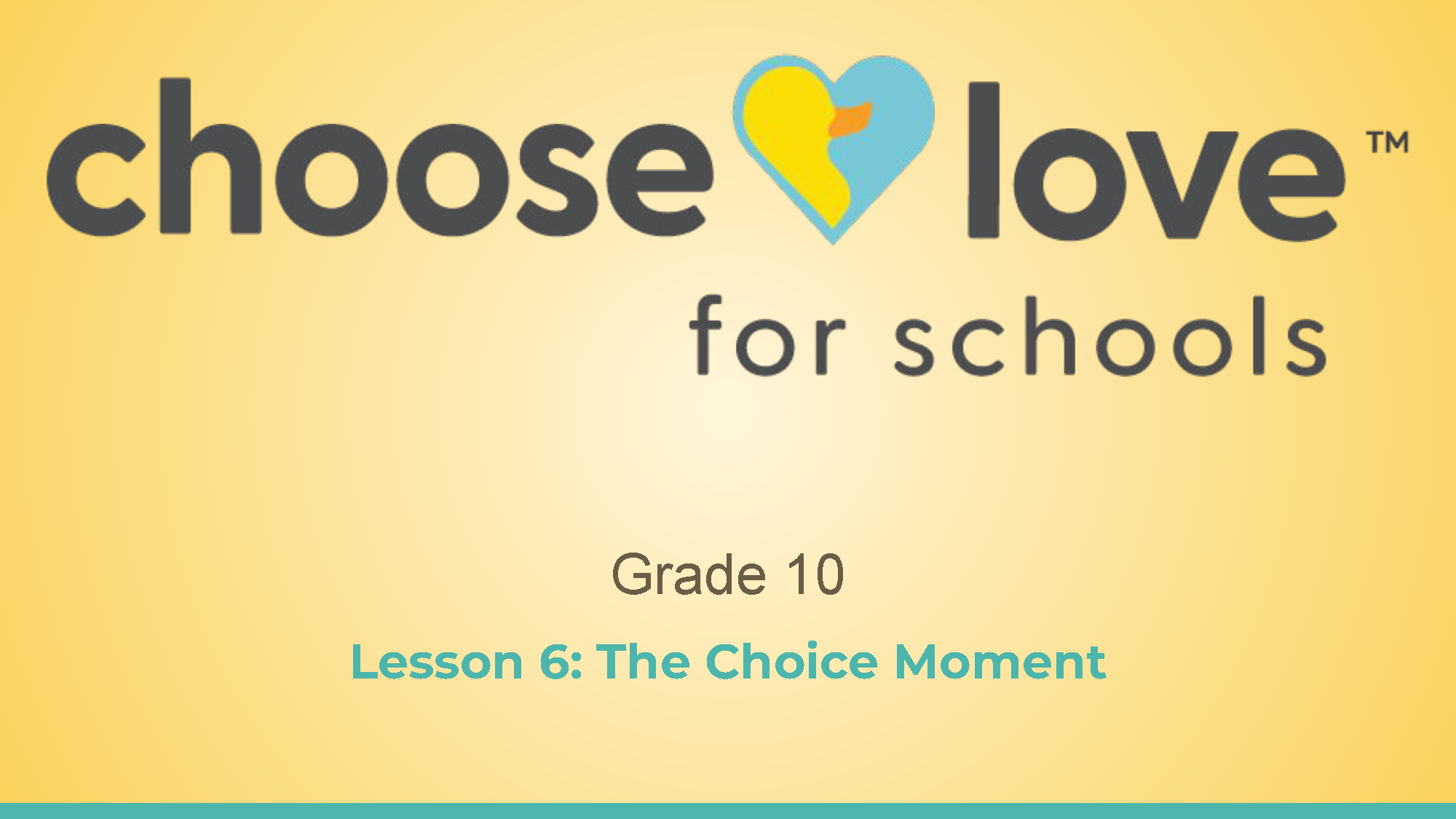This shift isn’t just semantic – it’s a fundamental re-imagining of our role as educators. When we guide rather than manage, we recognize the humanity in our students and step into our role as mentors on their learning journey.
The Problem with “Management”
Traditional classroom management often focuses on:
– Enforcing rules
– Punishing mistakes
– Controlling behavior
While these approaches might create short-term compliance, they often fail to address the root causes of challenging behavior or foster genuine engagement with learning.
Enter the Guidance Approach
Classroom guidance, on the other hand, emphasizes:
– Co-creating norms with students
– Viewing mistakes as learning opportunities
– Teaching self-regulation skills
This doesn’t mean a free-for-all. Structure and expectations are still crucial. But the focus shifts from compliance to growth.
Key Shifts in Practice
1. From Rules to Norms
Instead of imposing a list of “thou shalt nots,” involve students in creating shared expectations for the classroom community. This fosters buy-in and teaches valuable skills in civic engagement.
2. From Punishment to Natural Consequences
When students make poor choices, focus on logical, related consequences rather than arbitrary punishments. This helps students understand the real-world impact of their actions.
3. From Controlling to Coaching
Rather than trying to force compliance, see yourself as a coach helping students develop self-regulation skills. This might involve teaching mindfulness techniques, emotional vocabulary, or conflict resolution strategies.
4. From Reactive to Proactive
Instead of waiting for problems to arise, actively create an environment that supports positive behavior. This could include clear routines, engaging lesson design, and regular community-building activities.
5. From Power Struggles to Collaborative Problem-Solving
When conflicts arise, invite students into the solution-finding process. This teaches valuable skills and often leads to more creative and effective resolutions.
The Neuroscience Behind Guidance
Research in neuroscience supports this shift. When students feel threatened (as they often do in highly controlling environments), the amygdala – the brain’s fear center – becomes activated. This actually inhibits higher-order thinking and learning.
On the other hand, when students feel safe and supported, the prefrontal cortex – responsible for reasoning and self-regulation – can fully engage. By creating a guidance-based classroom, we’re literally setting students’ brains up for success.
Practical Strategies to Try
Ready to shift from management to guidance? Here are some concrete steps:
1. Reframe Your Language: Instead of “What rule did you break?”, try “What need were you trying to meet with that behavior?” This opens the door to understanding and problem-solving.
2. Teach Emotional Intelligence: Incorporate regular lessons on identifying emotions, managing stress, and communicating needs effectively.
3. Use Restorative Practices: When conflicts occur, bring students together to discuss impact and make amends, rather than relying solely on punishment.
4. Create a Peace Corner: Designate a calm-down space in your classroom where students can go to self-regulate when feeling overwhelmed.
5. Implement Class Meetings: Regular community circles or class councils give students a voice in addressing classroom issues and celebrating successes.
6. Model Self-Regulation: When you make a mistake or feel frustrated, narrate your own process of calming down and problem-solving. This is powerful modeling for your students.
Overcoming Challenges
Shifting to a guidance approach isn’t always easy. You might face:
– Pressure from colleagues or administration to be more “strict”
– Initial push-back from students used to more controlling environments
– Your own ingrained habits from years of traditional management
Remember, change takes time. Start small, celebrate successes, and be patient with yourself and your students as you navigate this shift.
The Long-Term Impact
When we move beyond management to true guidance, we’re not just creating calmer classrooms – we’re equipping students with essential life skills. We’re teaching them how to:
– Regulate their emotions
– Solve problems collaboratively
– Take responsibility for their actions
– Contribute positively to a community
These are skills that will serve them long after they leave our classrooms, in their future relationships, careers, and civic engagement.
A Call to Action
So, fellow educators, I challenge you: This week, catch yourself when you slip into “management” mode. Take a breath, and ask yourself, “How can I guide this student towards growth right now?”
It might feel uncomfortable at first. You might not always get it right. But with practice, you’ll find yourself creating a classroom where students don’t just behave – they thrive.
Remember, we’re not just shaping behavior. We’re shaping future adults who will navigate complex social and emotional landscapes. Let’s give them the tools they need to flourish.
Are you ready to move beyond management and embrace the art of classroom guidance?

